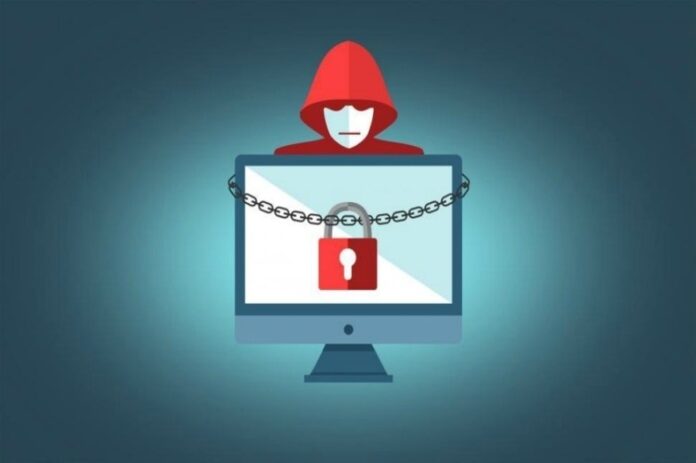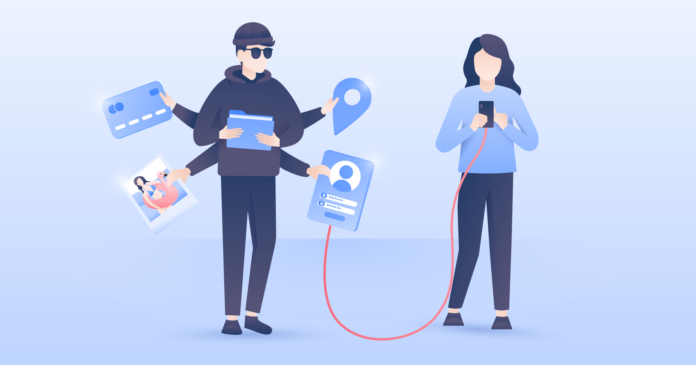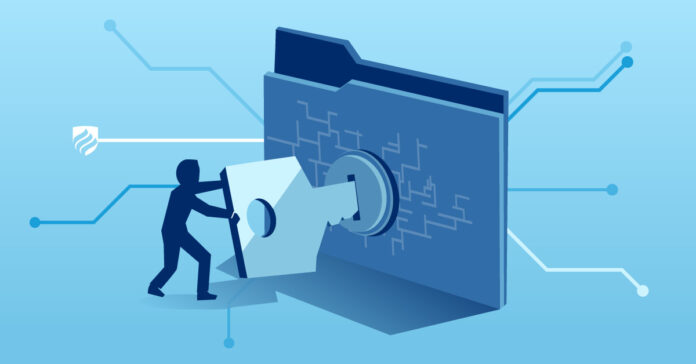If your company keeps employee profiles, accounting information, corporate secrets, and customer information, you must protect this data from unauthorized persons. There are many reasons why you need information security.
The Rise of the Customer Data Management Platform
If you want to create a good relationship with your customers, you must protect their data correctly. Nowadays, customers are more concerned about how their data is used. If it lands in an unauthorized hand and is used for the wrong reasons, they have a right to sue you. Therefore, managing their data right will help build trust and good relationships.

Presence of New Vulnerabilities All the Time
Technology advancement is a positive thing in various ways. It enhances productivity and distribution and improves the relationship between companies and clients. However, the advancements also bring along a new set of vulnerabilities. So, be vigilant of cyber security threats when using the latest technologies. Learn more about data security tools at https://www.globalscape.com/solutions/secure-file-sharing.
Internet Things
The internet is revolutionizing the way we conduct our business. We rely on the internet to access and transfer data. You can virtually hold a meeting with someone outside the country, order and get a delivery from another country, and even set up a company somewhere far from home. All these internet things make our lives easier.
However, these technologies also have complications that can expose your data. The greatest problem with internet things is that it becomes easy for the attackers to bring down the whole system when only one device is compromised.
Fears of Big Data
If you are handling a lot of data, you will get a lot of pressure from the media to ensure that it is safe. The media exposes how many tech companies are collecting sensitive information from people and using it in unethical ways. Therefore, the pressure to show integrity and transparency in handling people’s data is intense, and you must comply.

New Regulations and Hefty Fines
Clients have a right to press charges against you if they suspect their data is being used inappropriately. Regulations such as the US Privacy Act and California Consumer Privacy Act thoroughly examine how companies use their customers’ information to ensure that it is protected. If you fail to follow these regulations, the consequences are heft fines. The pressure from these regulations is good since it works toward tightening cybersecurity.
Increasing Information Wars
More individuals and companies are sharing and storing their information online. This has triggered an increase in the theft of information everywhere. Leaving your unprotected data online can adversely affect your image and business. So, you must take steps to secure your data against cybersecurity threats. For instance, ensure you encrypt your files when sending sensitive information.
Subsequently, knowing the potential cybersecurity threats is crucial to choosing the most viable security controls. So, here are the types of threats you can expect and how to prevent them.
Ransomware
Ransomware is usually created by expert programmers. Ransomware can enter your device through an attachment file in an email message. Or through a local network. If you click on the file, the attackers access your information and can easily manipulate it.
Ransomware is easy to detect. Your device gets locked, and you cannot use it. To protect yourself against it, take the following steps.
- Ensure you update your device regularly. Your browser, operating system, and other toolbars and plugins should be updated.
- Use the latest antivirus on your device. Ensure it has built-in protection against any virus.

Phishing
This is the most common fraud whereby attackers aim to acquire identification information such as access codes, personal data such as passports, passwords and logins, bank details, and service information. Then they can use the information to steal something valuable.
The first step to protecting against phishing is learning how to identify it. It would help if you authenticated service messages all the time. Also, any letters with no specific information should raise eyebrows. Do not rely on hyperlinks. Instead, enter your company’s URL in the address bar by yourself. Because once the attacker hacks your friend’s device, they can also send you a phishing link.
Internal Threats
More often than not, employees’ actions can lead to thefts and leaks of information. They can do so out of negligence or for selfish reasons. They either want to earn more money than they deserve, hold a grudge against you, or have been planted by your enemies to jeopardize your business.
However, a reasonable portion of these cases is usually out of technical incompetence. For example, unknowingly downloading a virus. These actions can help to protect against internal threats.
- Hire information security experts to keep your system safe
- Use advanced authentication programs
- Create proper information security policies in your organization
- Monitor all the users of sensitive information within the organization

Malware
Malware is used to classify programs into something more dangerous than viruses. Unlike viruses, malware can remain anonymous for a long time and discover when it is too late. It often hides in interesting content like videos, photos, and animated GIFs. Malware is categorized depending on how it functions, its distribution, and how it is launched.
Interestingly, malware does not enter your device without your help. It tricks you into running it on your device. The only way of protecting against malware is to install an antivirus on your device to scan all files and emails before opening them.
Spoofing
Spoofing is where an attacker masquerades as the user and attempts to access your sensitive information such as passwords and bank account. Spoofing can be classified into email spoofing, IP spoofing, and DNS spoofing.
Cyberstalking
The perpetrator uses the internet to harass, threaten, or stalk you. They can send inappropriate messages to your clients, track your activities, misuse your social media accounts, and monitor your movements. They do this to torment you and spoil your reputation.

Cloud Vulnerability
Cloud vulnerability can be categorized into different threats. They include:
- Virtualization threats
- Hypervisor attacks
- Client attacks
Cybersecurity threats can be devastating to you and your business, regardless of the size. Your personal and sensitive information can be stolen and exposed, or the attackers can use it to manipulate you. Besides, you may also face charges from customers who are quite sensitive about what happens to their information. Which is why we suggest hiring an IT service provider like MyTek, this type of provider can give you all of the services you need to keep your data secure and avoid loss of consumer information and then being legally liable for it.
Therefore, IT security should be your top priority to prevent all that. You must understand the types of cybersecurity threats discussed above to help you know the actions to take once you get attacked.









